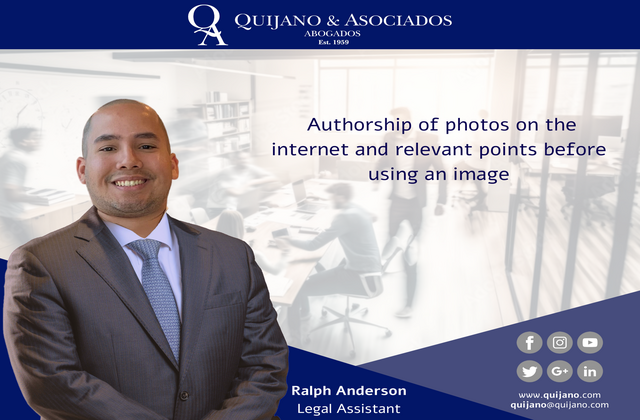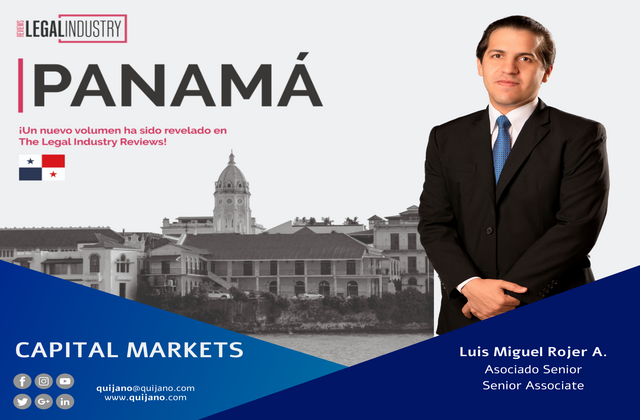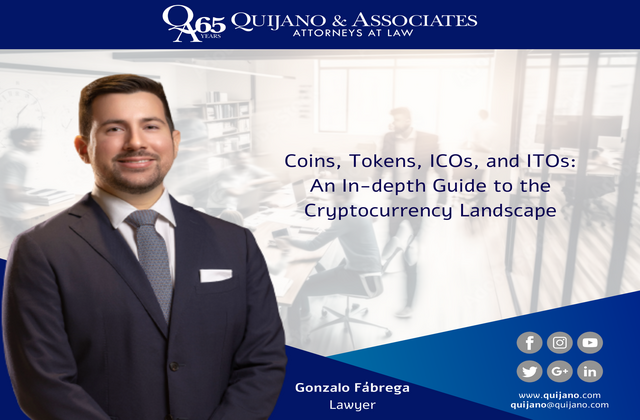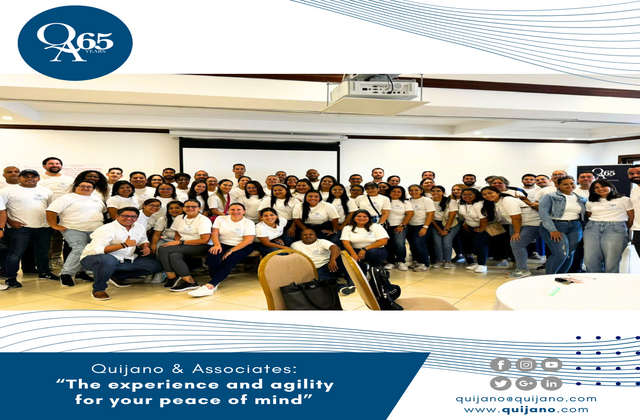Authorship of photos on the internet and relevant points before using an image

Introduction:
In the context of the digital era, the use of images in the virtual sphere has acquired significant relevance in various sectors, covering from graphic design to the advertising sphere and online content. However, it is important to emphasize the fundamental issue of the authorship of the images, since they are protected by intellectual property rights. Before incorporating an image from the cyber network, it becomes essential to consider the substantive elements concerning authorship. In this article, we will examine these cardinal aspects and provide guidelines to ensure the ethical and legal use of images.
1. Copyright and licensing:
Images in cyberspace, similarly to any other form of artistic creation, are subject to copyright protection. This prerogative implies that the author of the image has the exclusive right to determine how his or her work is used and who may benefit from it. Some images are disseminated under licenses that allow broader use, such as Creative Commons licenses; on the other hand, other images may be subject to more restrictive copyrights.
2. Prospecting licensed images:
Prior to using an image found on the cyber web, it is imperative to verify its license. There are many online platforms that provide images free of charge or by compensation, with specific licenses. Notable examples of such platforms include Unsplash, Pixabay and Shutterstock. Such environments provide images that can be used legitimately, often under Creative Commons or commercial licenses.
3. Attribution and acknowledgment:
Even under the protection of licenses that authorize the use of images, it is important to give proper attribution to the author. This involves crediting the author of the image by name and, in some cases, including a link to the original source. Although the specific requirements may vary according to the license in question, acknowledging the author is an act of rectitude and denotes gratitude for his or her work.
4. Legitimate use and transformation of images:
In certain circumstances, the use of copyrighted images is permitted without requiring express authorization. Such a prerogative, recognized as “legitimate use,” may be invoked when an image is used for educational, informational, critical or commentary purposes. However, the limitations on legitimate use may differ in accordance with the country or jurisdiction, should be carefully considered before using a copyrighted image without express permission.
5. Alternatives to original photograph:
To avoid eventual dilemmas associated with the authorship of images in the cyber environment, another feasible option is to create our own images. In the event of possessing photographic skills or access to a capture device, it is feasible to conceive original images that perfectly fit with our own needs. This not only guarantees full authorship of the images, but also confers the freedom to use them without limitations.
In order to determine whether an image found on the Internet is copyrighted and which type of protection is inherent to it, a series of steps that can be considered is suggested below:
- Examine the source: It is advisable to go to the website or platform on which the image has been found. If there is information available on that site concerning the author or copyright associated with the image, it is likely to provide clues as to its provenance and safeguarding.
- Carry out a reverse image search: Using tools such as Google Images or TinEye, a reverse image search can be conducted. This will allow you to locate other instances of the same image online and possibly obtain additional details regarding its origin and authorship.
- Inspect metadata: The metadata inherent in an image has the ability to host information regarding the author, date of creation and other related elements. By using software or online tools, it is possible to analyze the image metadata and determine if it contains relevant information.
- Examine the terms of use: If the image is hosted on a website or platform that provides information regarding terms of use, it is advisable to explore any clues regarding authorship and the conditions under which use of the image is permitted.
- Verify the licenses: In the event that the image is subject to a Creative Commons or other open access license, the scope of permissions granted for its use shall be unequivocally indicated. It is imperative to fully understand the terms of the license before using the image.
- Search for information context: When the image is found in a specific context, such as an article, blog or presentation, it is advisable to examine the surrounding content to verify whether information regarding the authorship of the image is provided.
- Establish communication: If it is not feasible to obtain clear information regarding the authorship or protection associated with the image, it would be advisable to consider contacting the owner of the website or platform where the image has been located, in order to obtain further details.
In the Panamanian legal context, according to the provisions of Law 64 of October, 2012 on Copyright and Related Rights, punitive measures are established for those individuals who incur in infringements related to copyright. Such measures may include the imposition of fines. The amount of the fines is subject to the seriousness of the infringement and may be of substantial relevance.
The following are examples to provide a better understanding:
1. Fines: Depending on the extent of the infringement committed, fines may fluctuate. By way of illustration, unauthorized reproduction or unauthorized disclosure of protected creations could lead to substantial fines, ranging from modest amounts to considerably onerous sums.
2. Confiscation of Material: The legal framework also contemplates the possibility of confiscating the elements used in the commission of the infringement, including unauthorized copies of works.
3. Actions of a commercial nature: Copyright owners have the right to take actions of a commercial nature with a view to obtain compensation for economic and moral damages.
It is appropriate to emphasize that the application of specific sanctions could experience variations depending on the case and on the interpretation that the courts may confer to the regulations in force.
Conclusion:
In summary, the authorship of images in the virtual sphere assumes a crucial meaning prior to the use of an image. It is imperative to remember that respecting the copyrights and licenses applicable to images found online assumes particular importance. In situations where the authorship or rights of an image create uncertainty, it is preferable to be cautious and refrain from using it without proper permission.




